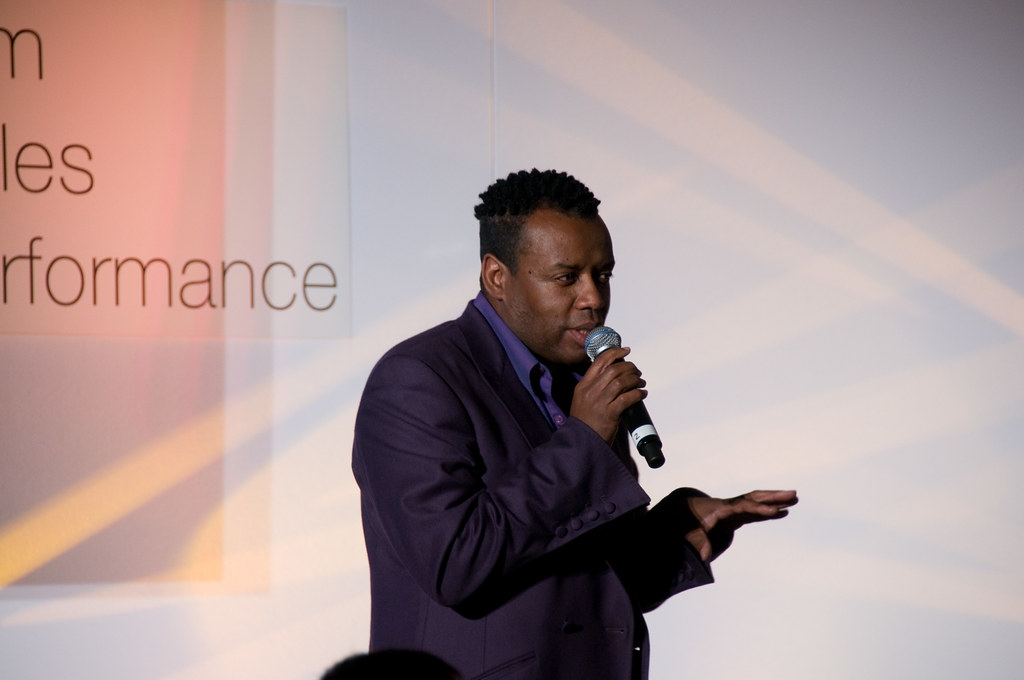A general rule of thumb, to avoid camera shake, is to use a shutter speed equal to the focal length of the lens or zoom setting. IE; 200mm = 1/200th of a second or faster, will generally avoid shake. Well, I applied that when I use 35mm, anyway, and it seems to work well.
Some of they new lenses have an amazing zoom range, but you do suffer with the maximum aperture. Look through an f6.3, then an f2.8, and you’ll see straight away, that the faster lens is much nicer to use, speshly in dim light. Prolly more an issue with using manual focus. And as SFB says, fast lenses are big and heavy, and cost a small fortune. That Nikon 70-200 2.8 VR is £1500 or something??


